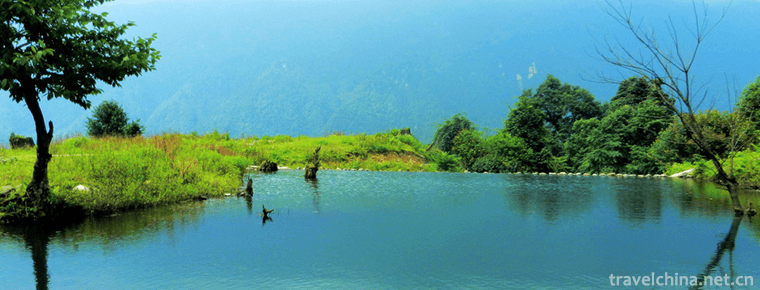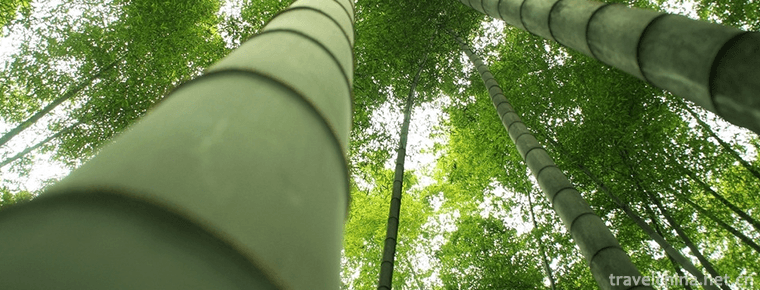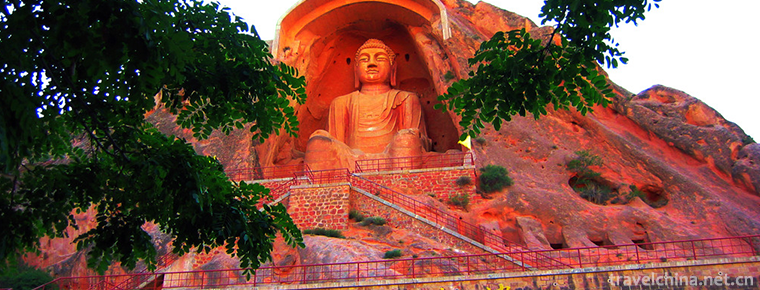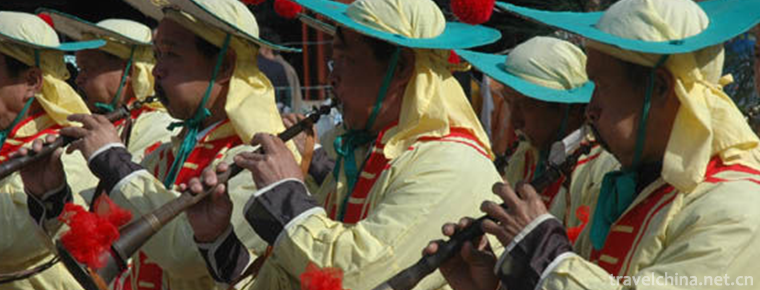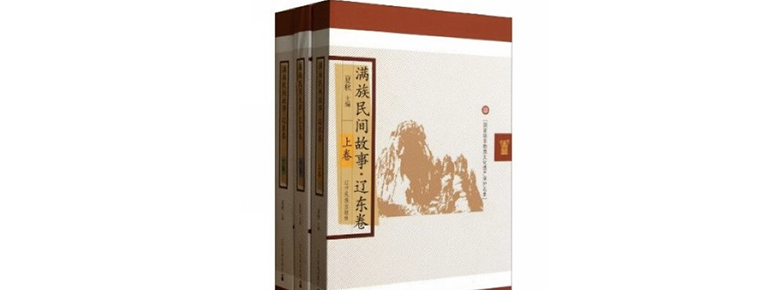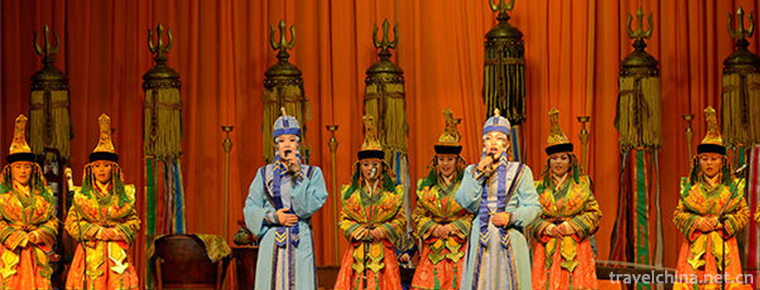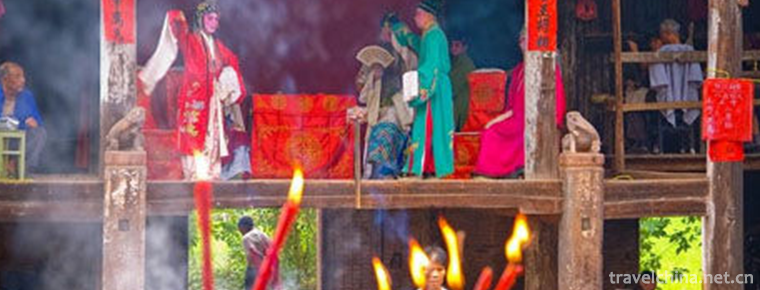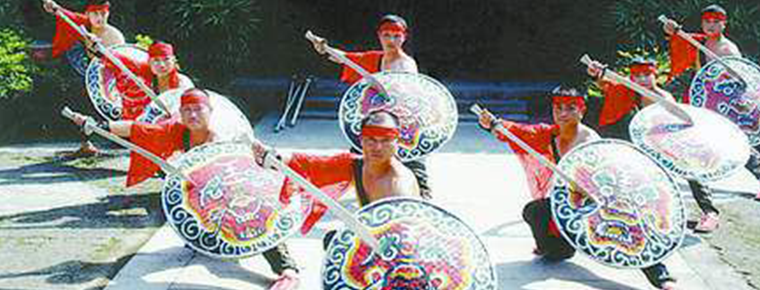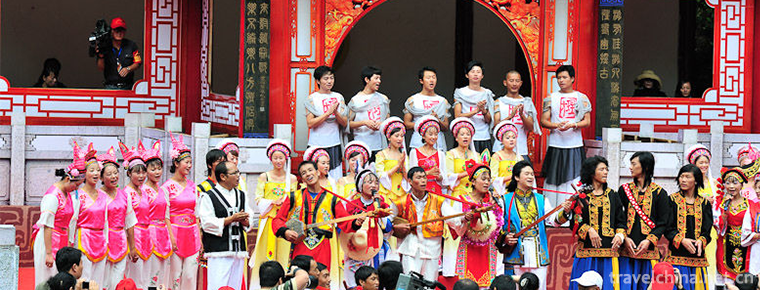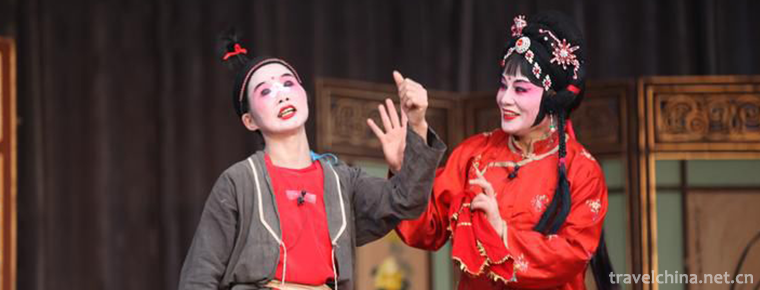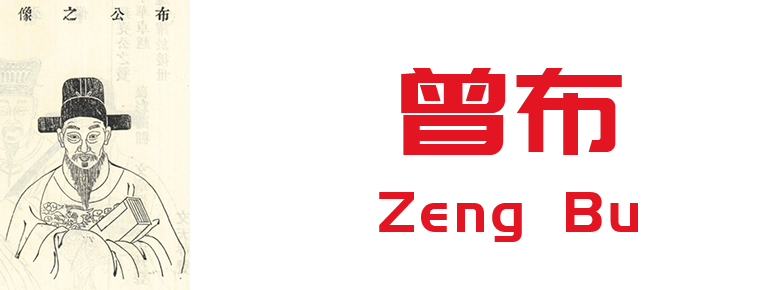Major tune
Major tune
The major tune was originally called "drum tune". Varieties of Quyiqu. It was first prevalent in Kaifeng, Henan Province, and then spread to Luoyang, Nanyang and other places. It has a history of about 200 years. By the end of the Qing Dynasty and the beginning of the Republic of China, the artists who sang drum tunes used various kinds of miscellaneous tunes with concise melodies and easy to speak to make folk dance and singing when walking on stilts, which was called minor tunes, the predecessor of Henan Opera. At that time, the drum tunes in Kaifeng and Luoyang area gradually declined because of the prosperity of minor tunes, while the drum tunes in Nanyang area not only remained, but also had new development, which is the major tunes that have been developed so far. It has more than 200 opera cards, which can be divided into three categories: big, Kun and miscellaneous. There are two types of music structure: singles and combination of Qupai. The accompaniment instruments are mainly plucked instruments, such as three strings, Pipa and Zheng. The percussion instruments include sandalwood board and octagonal drum. In the old days, there were no professional artists. Most of them were amateurs singing around the table during their breaks, and they cut each other's skills. After liberation, professional actors were trained and put on the stage.
historical origin
From Ming and Qing folk songs. After the Guziqu of Bianliang was introduced into Nanyang, it absorbed some pieces of Shaanxi Quzi and Hubei Xiaoqu. After it was introduced into Nanyang during the Qianlong reign of Qing Dynasty, it gradually formed a variety of tunes different from Kaifeng Guzi tune. It absorbed the local opera tunes after Qianlong, such as "Shipai Tune", "Blowing Tune", "Xipi Tune" and "Erhuang Tune", and formed Nanyang Major tune different from Kaifeng Drum Tune.
In the 1930s, drum tunes were renamed major tunes because Henan operas were commonly known as minor tunes. Nanyang Major has a long history. Singing was performed in the Ming Dynasty. During the Qing Dynasty and the Republic of China, Nanyang Major tunes were frequently sung. After the founding of the People's Republic of China, Nanyang major tunes have been greatly developed. In the 1960s, Nanyang's quyi writers created a large number of new tunes. Most of the tunes in Nanyang Major were rhyme style, short lyrics, and a few of the life tunes were added with narration.
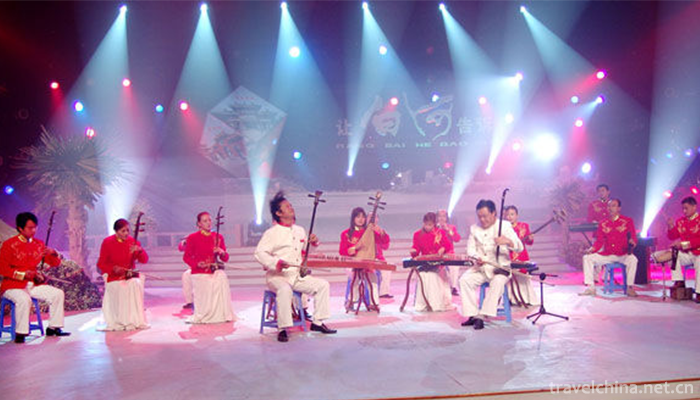
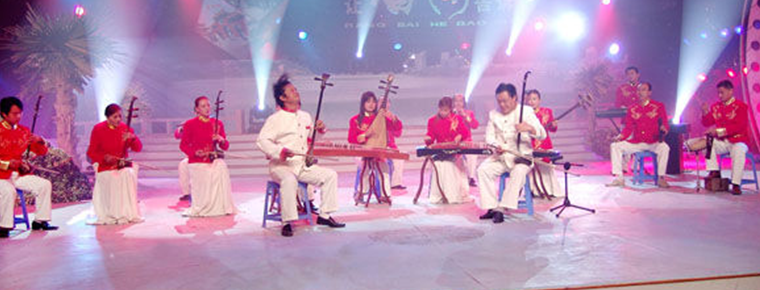
Major tune
-
Heizhugou Scenic Area
Heizhugou National Forest Park, located in Heizhugou Town, Ebian Yi Autonomous County, Leshan City, Sichuan Province, spans Haqu Township, Lewu Township and Jinyan Township.
Views: 257 Time 2019-01-13 -
Bamboo Sea Scenic Spot in Southern Sichuan
The bamboo sea in southern Shunan, formerly known as Wanlingqing, is located in the remnants of the southern Tianshan Mountains adjacent to Yibin
Views: 370 Time 2019-02-08 -
Xumishan Grottoes
Xumishan Grottoes, located 55 kilometers northwest of Guyuan City, Ningxia, is located in the north of Liupan Mountain. It is the only way to the east of the ancient "Silk Road" and one of t
Views: 131 Time 2019-02-26 -
Hebei Drum Music
Hebei drum and percussion music is a local traditional music mainly composed of percussion instruments and percussion instruments. It has been an important type of music
Views: 157 Time 2019-05-02 -
Manchu Folk Stories
Liaoning is a region where Manchu people have formed, risen and grown up. It contains extensive and profound Manchu cultural relics and connotations. Manchu folktales originated from the Manchu people
Views: 131 Time 2019-05-18 -
Mongolian Khantin Music
The most important component of Mongolian traditional music is court music, which is Mongolian Khan music. Successfully selected into the fourth batch of national intangible cultural heritage list.
Views: 136 Time 2019-06-03 -
Qiyang Opera
Qi Opera is one of the traditional local dramas in Hunan Province. It is also called Qiyang Band, Qiyang Opera in the early years of the Republic of China, and Qiyang Qidong Opera in the folk
Views: 111 Time 2019-06-10 -
Shaheteng Array
The rattan array is the only ancient combat technology in northern China. It has gone through hundreds of years since Ming Dynasty. Today, it only exists in Shilipu Village, Shahe City, Hebei Province
Views: 362 Time 2019-06-12 -
Shibao Mountain Song Club
The Bai Jianchuan Shibao Mountain Song Festival is held every year from 27 to 29 July of the lunar calendar for three days. At this time, tens of thousands of young Bai men and women and singers from
Views: 189 Time 2019-06-15 -
Awakening Drama
Yongkang Xinggan Opera, also known as "Jianggan Opera", is a traditional opera that serves religion. Mainly to persuade people to reflect, guide people to rectify, mainly in sacrificial occa
Views: 371 Time 2019-07-08 -
Zeng Bu
Zeng bu (November 3, 1036 - August 21, 1107), Zi Zi Xuan, Tai Chang, son of Yi Zeng, brother Zeng Gong of Zhong Shu Shu, the Prime Minister of the Northern Song Dynasty, and the important supporter of
Views: 167 Time 2019-09-15 -
Nanchong Education
By the end of 2019, there were 271 primary schools in Nanchong, with 57000 students enrolled and 356700 students in school. The enrollment rate of primary school-age children was 100%. There are 427 junior high schools with 62900 students and 185300 students in school.
Views: 350 Time 2020-12-17
